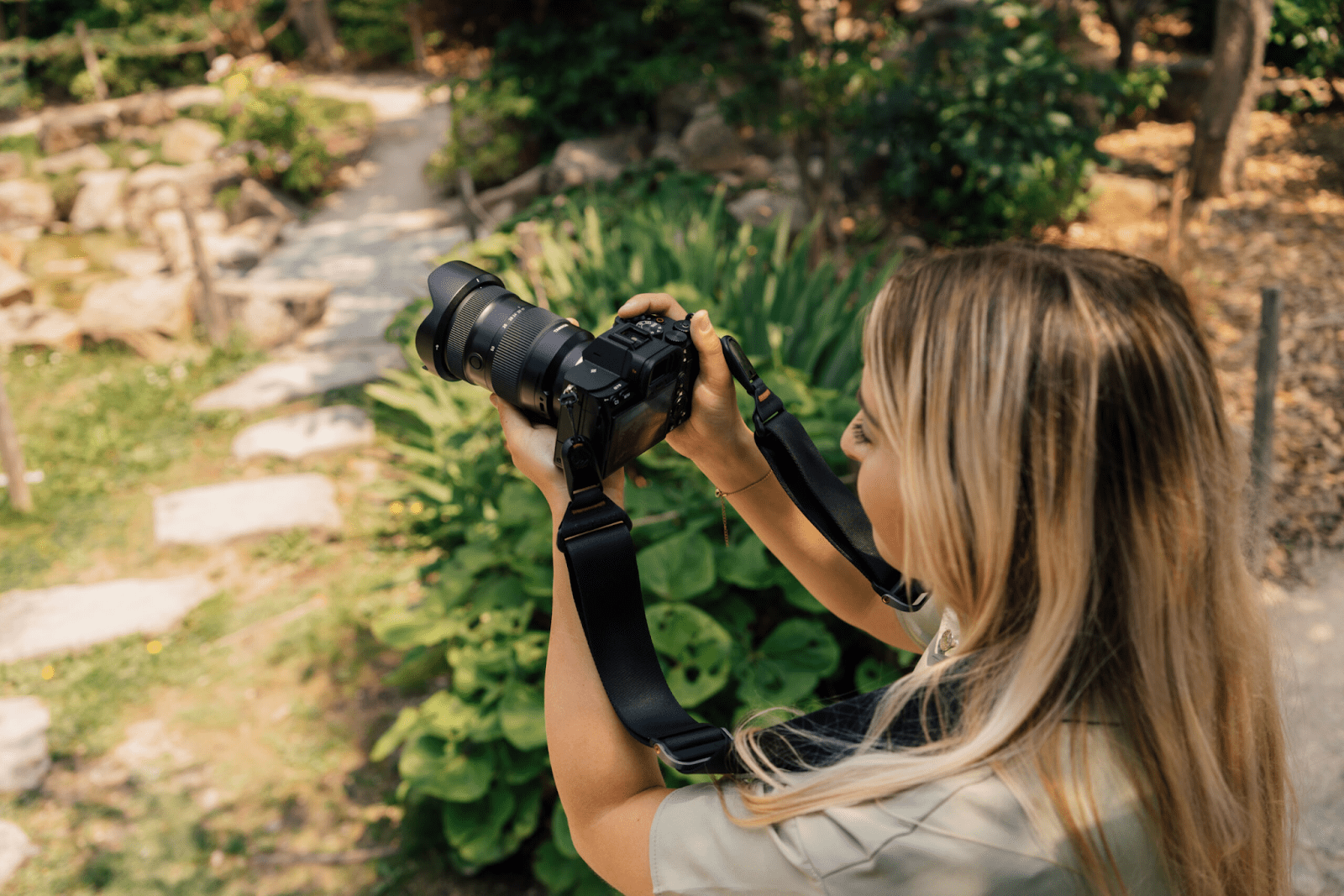Capturing stunning landscapes, breathtaking cityscapes, or even cozy indoor shots requires one essential piece of equipment a waide-angle camera lens. These lenses allow photographers to fit more of a scene into the frame, creating a sense of depth and grandeur that other lenses simply cannot achieve. Whether for professional photography or casual travel snaps, wide-angle lenses open a whole new world of creative possibilities.
Understanding What Makes a Lens “Wide-Angle”
In photography, focal length determines how much of a scene the camera can capture. Any lens with a focal length shorter than 35mm is typically considered wide-angle. These lenses can range from ultra-wide (10–20mm) to standard wide (24–35mm), each offering a different level of distortion and perspective.
A wide-angle lens doesn’t just fit more into the frame it changes how the world looks. Objects in the foreground appear larger, while backgrounds stretch dramatically into the distance. This creates dynamic, immersive images that pull viewers directly into the scene.
Why Photographers Love Wide-Angle Lenses
1. Perfect for Landscapes and Architecture
When shooting vast landscapes, photographers often need to capture sweeping skies, mountains, and fields all in one frame. A wide-angle lens makes this possible. Similarly, when photographing buildings or interiors, these lenses help showcase the entire structure even in tight spaces.
2. Adds Depth and Dimension
Wide-angle lenses exaggerate perspective, making close objects appear bigger and distant ones smaller. This visual trick adds depth, giving photos a three-dimensional feel that draws the viewer’s eye into the image.
3. Great for Creative Storytelling
Photographers use wide angles to tell stories. For example, a photo of a hiker standing in a vast valley highlights both the human element and the surrounding beauty. It’s not just about what’s in the frame, but how the elements interact with one another.
4. Ideal for Group and Interior Shots
Whether shooting at a family gathering or inside a small café, a wide-angle lens helps fit everyone and everything into one frame without having to step back too far.
How to Choose the Right Wide-Angle Lens for Your Camera
Selecting the right wide-angle lens depends on your goals and shooting style. Here are key factors to consider before buying one:
1. Focal Length
For general photography, a 24mm or 28mm lens offers balance wide enough to capture large scenes but without extreme distortion. Ultra-wide lenses (10–16mm) are better suited for dramatic landscapes or artistic effects.
2. Aperture Size
A wide aperture (like f/2.8) allows more light to enter the lens, making it perfect for low-light photography. If you often shoot indoors or at night, this feature is essential.
3. Distortion Control
Wide-angle lenses naturally cause some distortion straight lines may appear curved near the edges. Look for lenses with built-in distortion correction or post-processing software to minimize this effect.
4. Compatibility
Always ensure that the lens you choose is compatible with your camera body. Different brands and sensor sizes (APS-C vs. full-frame) require specific mounts.
5. Build Quality
Since wide-angle lenses are often used outdoors, a durable, weather-sealed design is beneficial. It protects against dust, moisture, and accidental bumps during travel or adventure photography.
Tips for Capturing Stunning Shots with Wide-Angle Lenses
1. Get Close to Your Subject
One of the most common mistakes with wide-angle photography is standing too far away. Move closer to the subject to emphasize depth and detail while keeping the background visible.
2. Use Leading Lines
Roads, fences, rivers, or pathways naturally guide the viewer’s eyes through the image. Wide lenses exaggerate these lines beautifully, making your photos visually powerful.
3. Watch the Edges of the Frame
Because wide-angle lenses capture so much, it’s easy for unwanted objects to sneak into the edges of your photo. Always check the frame carefully before pressing the shutter.
4. Balance Foreground and Background
A successful wide-angle photo has an interesting foreground and a captivating background. Placing something close to the lens adds interest and anchors the viewer’s perspective.
5. Mind the Horizon
Tilt the camera even slightly, and the horizon line can appear crooked or distorted. Use your camera’s grid feature to keep horizons level and maintain a professional look.
Best Situations to Use a Wide-Angle Lens
Wide-angle lenses are incredibly versatile. Here are some scenarios where they truly shine:
- Landscape Photography: Capture vast skies, mountains, and fields with ease.
- Architecture: Photograph entire buildings or interiors without cutting off edges.
- Travel Photography: Perfect for street scenes, monuments, and group photos.
- Astrophotography: Wide angles can capture more of the night sky in one frame.
- Event Photography: Ideal for crowded venues or group shots where space is limited.
A Look into Modern Wide-Angle Options
Modern photographers have more choices than ever before. From prime lenses offering unmatched sharpness to zoom lenses providing flexibility, there’s a wide-angle for every budget and purpose. Some professionals prefer fixed focal lengths for superior clarity, while travelers often favor compact zoom lenses for convenience and variety.
For instance, those seeking advanced optical design and edge-to-edge sharpness can explore wide angle camera lenses designed to deliver exceptional performance in both still and video shooting. These lenses offer impressive control over distortion and light, making them a smart choice for creative photography.
Final Thoughts
A wide-angle lens is not just a tool it’s a gateway to creative exploration. It allows photographers to present familiar scenes in extraordinary ways, revealing hidden perspectives and dramatic depth. Whether capturing nature’s grandeur, urban landscapes, or intimate indoor moments, the right wide-angle lens can transform your photography journey completely.
By mastering composition, learning to balance perspectives, and choosing the right equipment, any photographer can unlock the full potential of these powerful lenses.





























